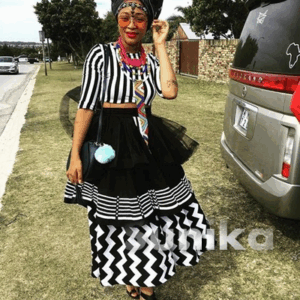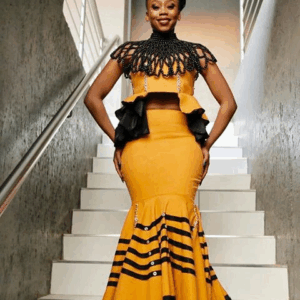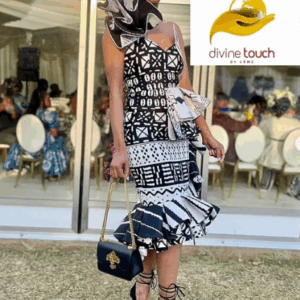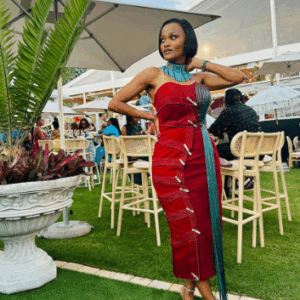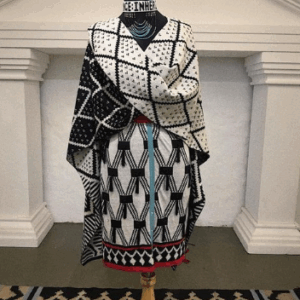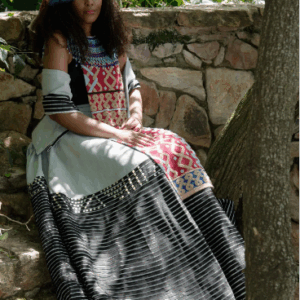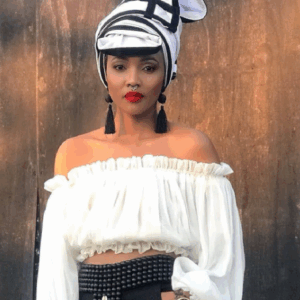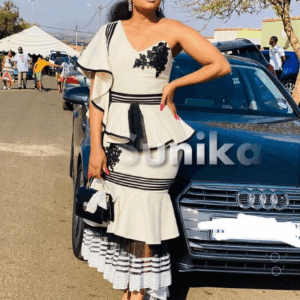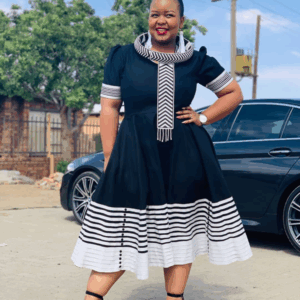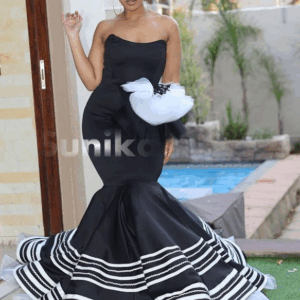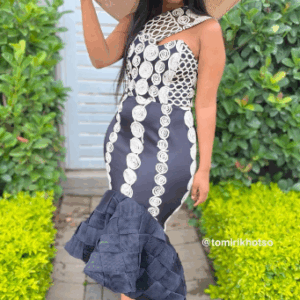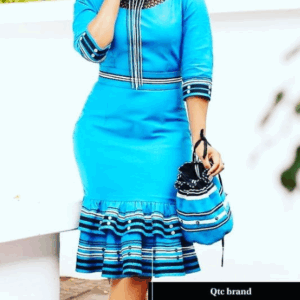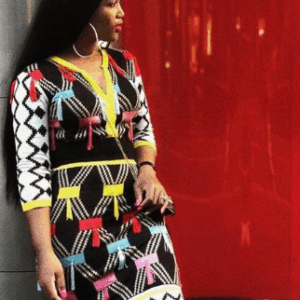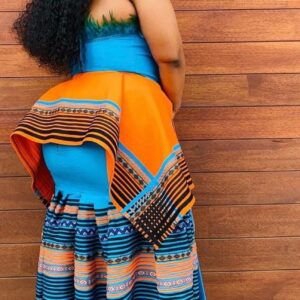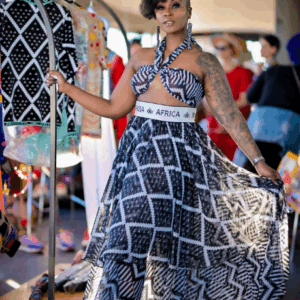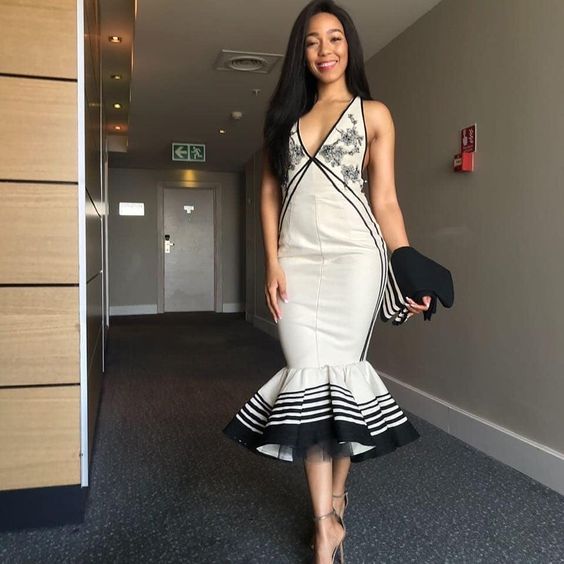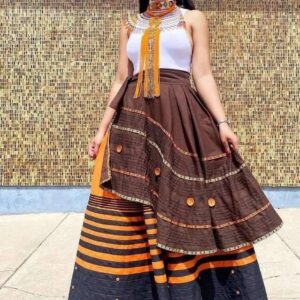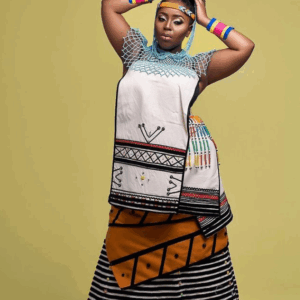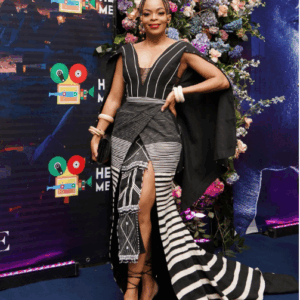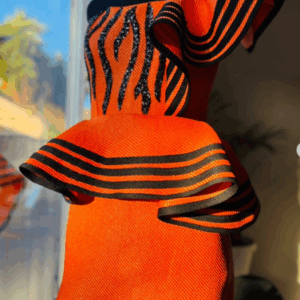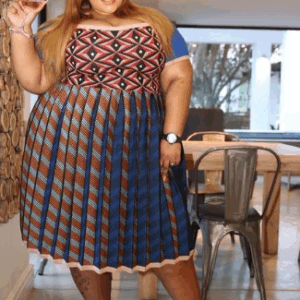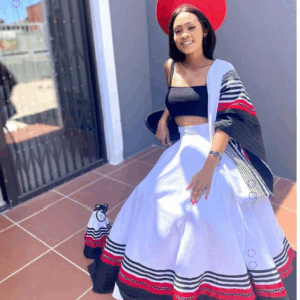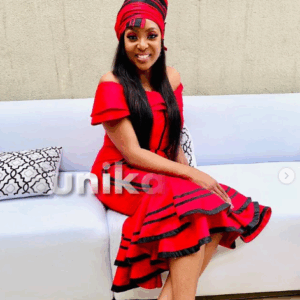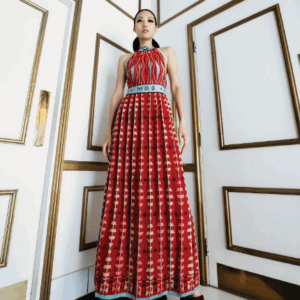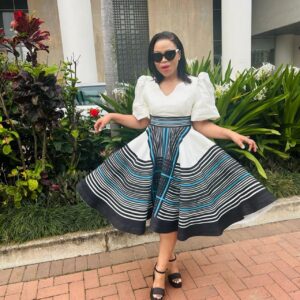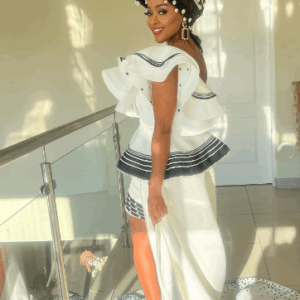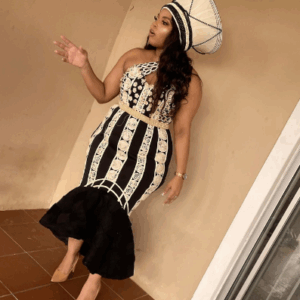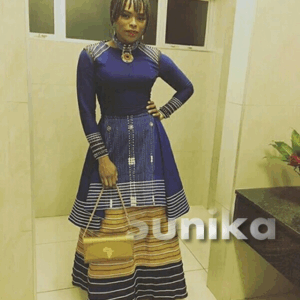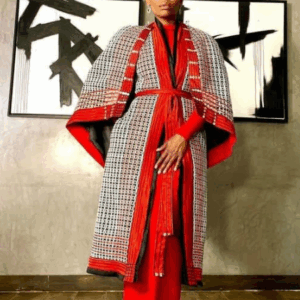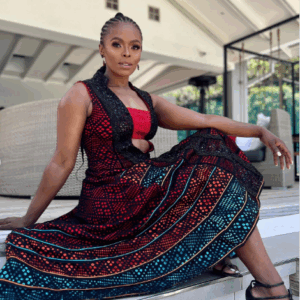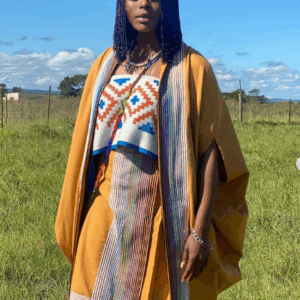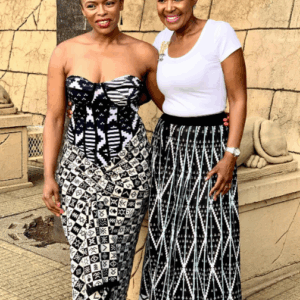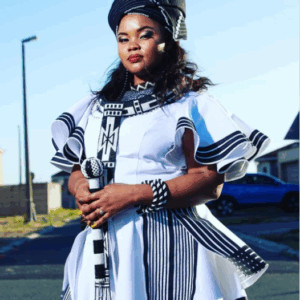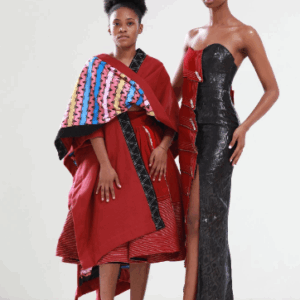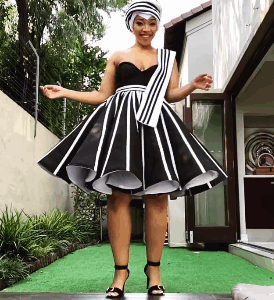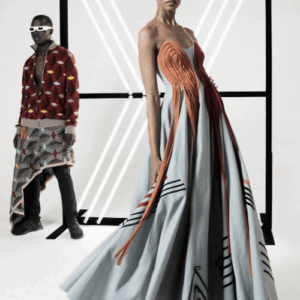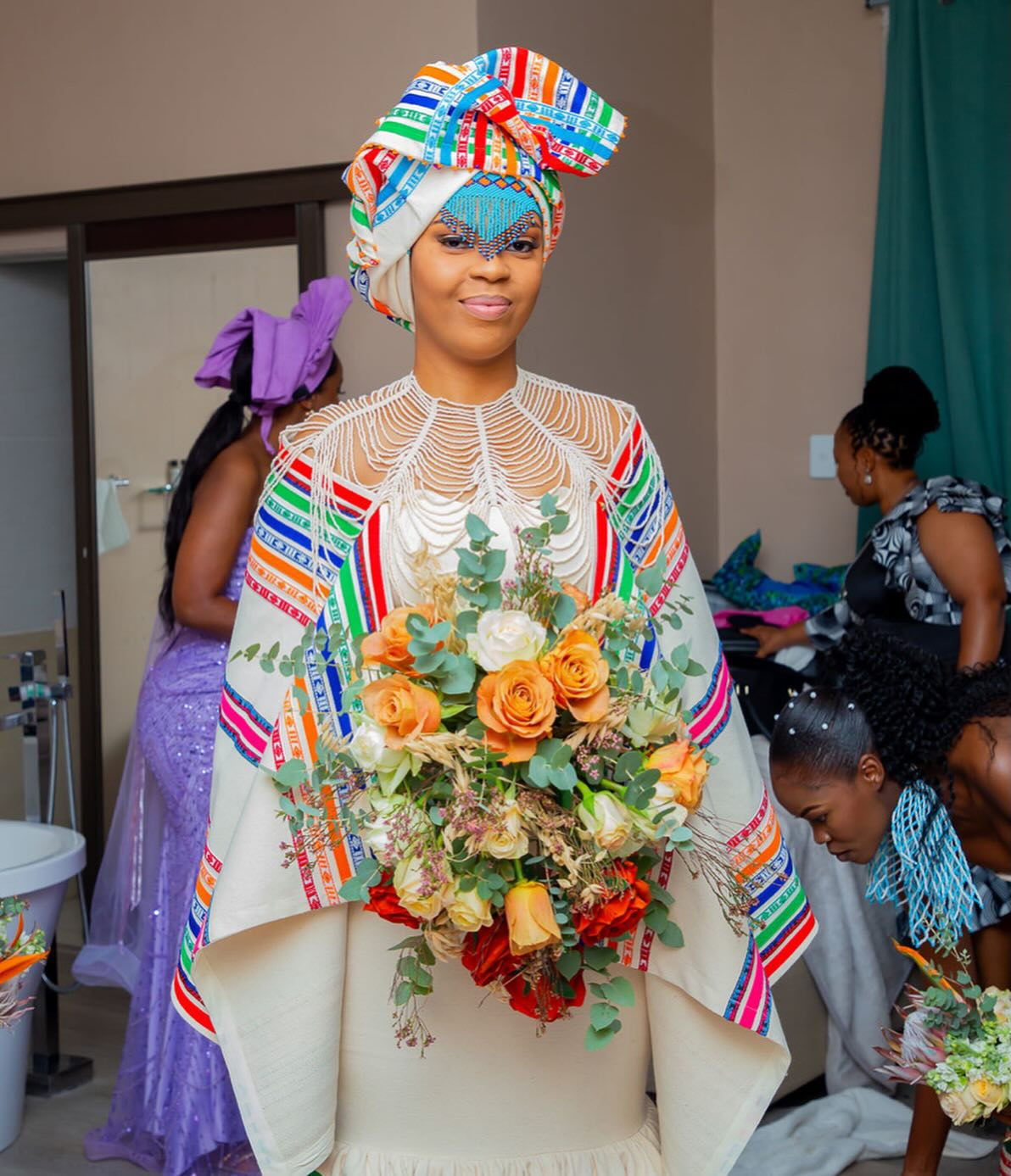
Xhosa Traditional Attire 2025 – Trending Designs by Leading SA Designers
Xhosa Traditional Dresses are more than just clothing — they are a vibrant expression of culture, heritage, and identity. Deeply rooted in history, Xhosa Traditional Attire reflects the pride and elegance of the amaXhosa people, with each garment carrying meaning, symbolism, and artistry. From the intricate beadwork to the bold black-and-white patterns, isiXhosa Traditional Attire stands out as both timeless and contemporary, bridging generations through style and tradition. Whether worn at weddings, cultural ceremonies, or modern fashion showcases, isiXhosa Traditional dress continues to celebrate unity, respect, and the beauty of African heritage. Today, isiXhosa Traditional Wear is not only embraced by the community but also admired across the world for its authenticity and sophistication.
Products by Category
-
-
Beaded Xhosa Dress with Lace
-
Beautiful African Print Dress with Colourful Stripes
-
Beautiful Black and Beige Xhosa Traditional Dress
-
Beautiful Black and White Designer Traditional Dress by Divine Touch by LEMC
-
Beautiful Burgundy and Turquoise Xhosa Dress by Tina Ngxokolo
-
Beautiful MaXhosa Traditional Attire
-
Beautiful Red Black and White Xhosa Dress
-
Beautiful Xhosa Attire for Makoti by Tina Ngxokolo
-
Black and White Umbhaco Outfit
-
Black and White Xhosa Atire by Sazi iAfrika
-
Black and White Xhosa Dress with Tulle
-
Black Plus Size Xhosa Dress
-
Black Umbaco dress with outer jacket
-
Black Xhosa Dress by Traditional attire Shweshwe dresses
-
Black Xhosa Wedding Mermaid Dress with tulle underskirt
-
Blue and White Xhosa Dress by Tomi Rikhotso Dress
-
Blue Xhosa Dress with Batwing sleeve
-
Blue Xhosa Dress with Matching Bag
-
Colourful MaXhosa Dress
-
Colourful Xhosa Dress
-
Flared Xhosa Dress gold strips by Native Robes
-
Lamiez Holworthy MaXhosa Design
-
Long Xhosa Traditional Dress White
-
Lovely Xhosa Design
-
Modern Umbaco by Nompilo Mzizi
-
Modern Umbaco Design
-
Modern Xhosa Dress Short and Flared
-
Nominafanis dress by Inami Classics
-
Orange and Black Xhosa Dress by Tomi Rikhotso
-
Plus Size MaXhosa Dress
-
Red black and Whte Xhosa Dress with matching bag
-
Red Xhosa Dress with Matching Doek
-
Short Traditional Xhosa Dress By Styles By Tumi
-
Sleeveless MaXhosa Design
-
Sleeveless MaXhosa Design
-
Stylish A Line Xhosa Dress By Styles By Tumi
-
Stylish Xhosa Dress by Styles BY Tumi
-
Thembi Seete Xhosa traditional attire
-
Tomi Rikhotso Xhosa lace design
-
Umbaco Attire by Asanda Madyibi
-
Umbaco Xhosa dress
-
Unathi Nkayi in beautiful MaXhosa design
-
Unathi Nkayi in Red and White Asanda Madyibi Xhosa Dress
-
Unathi Nkayi in Traditional Dress by Asanda Madyibi
-
Unathi Nkayi in Xhosa Traditional Dress by Asanda Madyibi
-
Unathi Nkayi Strapless MaXhosa Traditional Dress
-
Xhosa Attire for Makoti By Amina Designs
-
Xhosa Attires by Tina Ngxokolo
-
Xhosa Attires by Tina Ngxokolo
-
Xhosa Dress By Lufi D
-
Xhosa Dress by Mojela Designers
-
Xhosa dress by Thamaka Designs
-
Xhosa Dress by Traditional attire Shweshwe dresses
-
Xhosa Dress Design by MaXhosa

